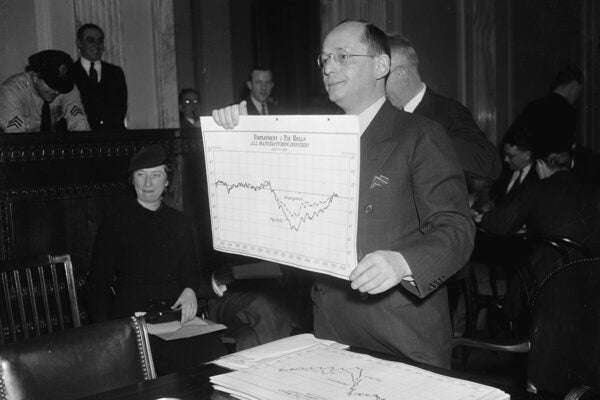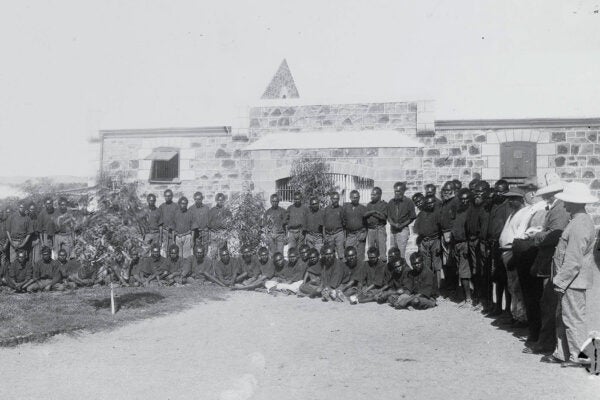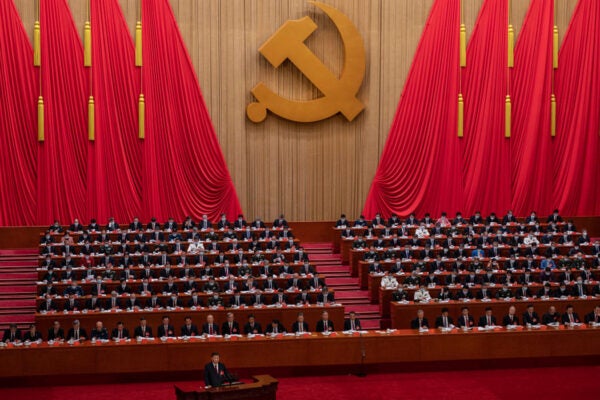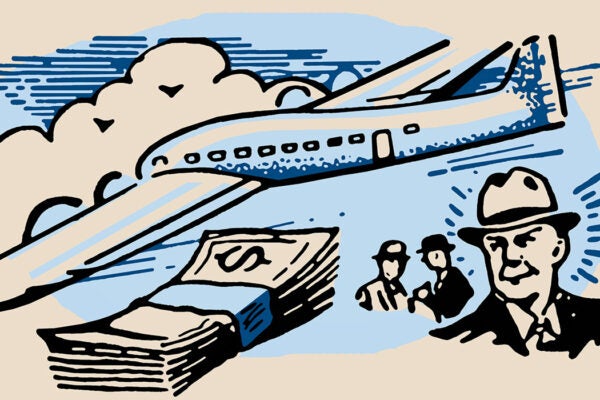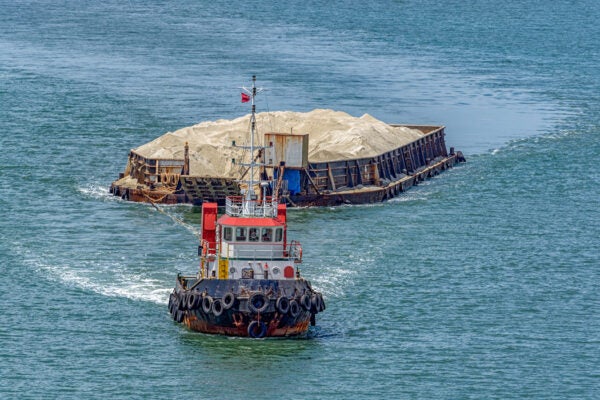Waste Pickers Unite!
As one family’s story reveals, labor organizing and the development of a co-op for waste collection has improved conditions for precariously employed workers in India.
Misunderstood Malthus
The English thinker whose name is synonymous with doom and gloom has lessons for today.
Eighteenth-Century Takes on Basic Income
Universal basic income has gotten some serious twenty-first-century play, but the idea is hardly new.
Moral Economy and the Causes of Wage Inequality
How important are labor unions for combating wage inequality in the United States?
Where Do Economic Statistics Come From?
Many ways of measuring the economy came about in the decades between the American Civil War and World War II. We’ve been arguing about them ever since.
How Forced Labor Built Western Australia
The nineteenth-century colonial economy of Western Australia depended on unfree labor, whether from indentured workers, convicts, or Indigenous people.
Autocratic Capitalism: An Introduction
Americans are taught that capitalism and democracy go together like motherhood and apple pie. It may be time to unlearn that lesson.
Fashion’s Flaws
Environmental historian Adam Rome considers the destructive history of fashion and style.
Are Millionaire Taxes Self-Defeating?
A common argument against increasing taxes on high earners is that the wealthy will simply move out of the city or state with higher taxes.
The High Cost of Sand in Southeast Asia
The clean, green garden city of Singapore has been built on sand extracted—at significant environmental cost—from its neighbors.




